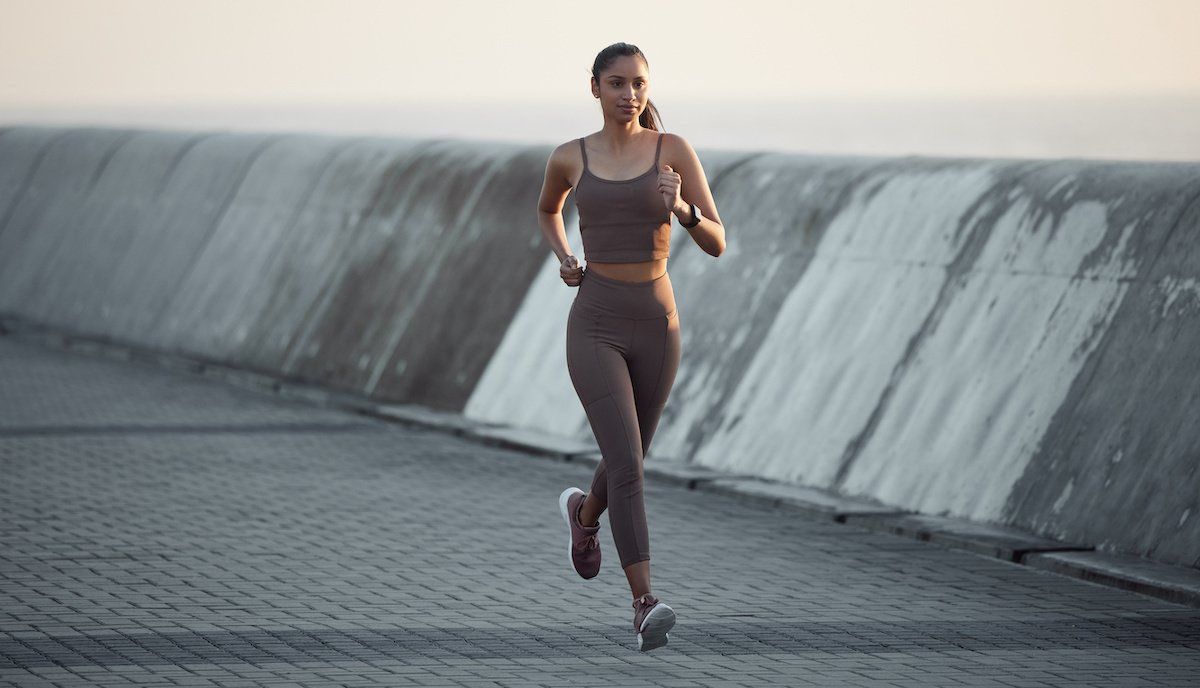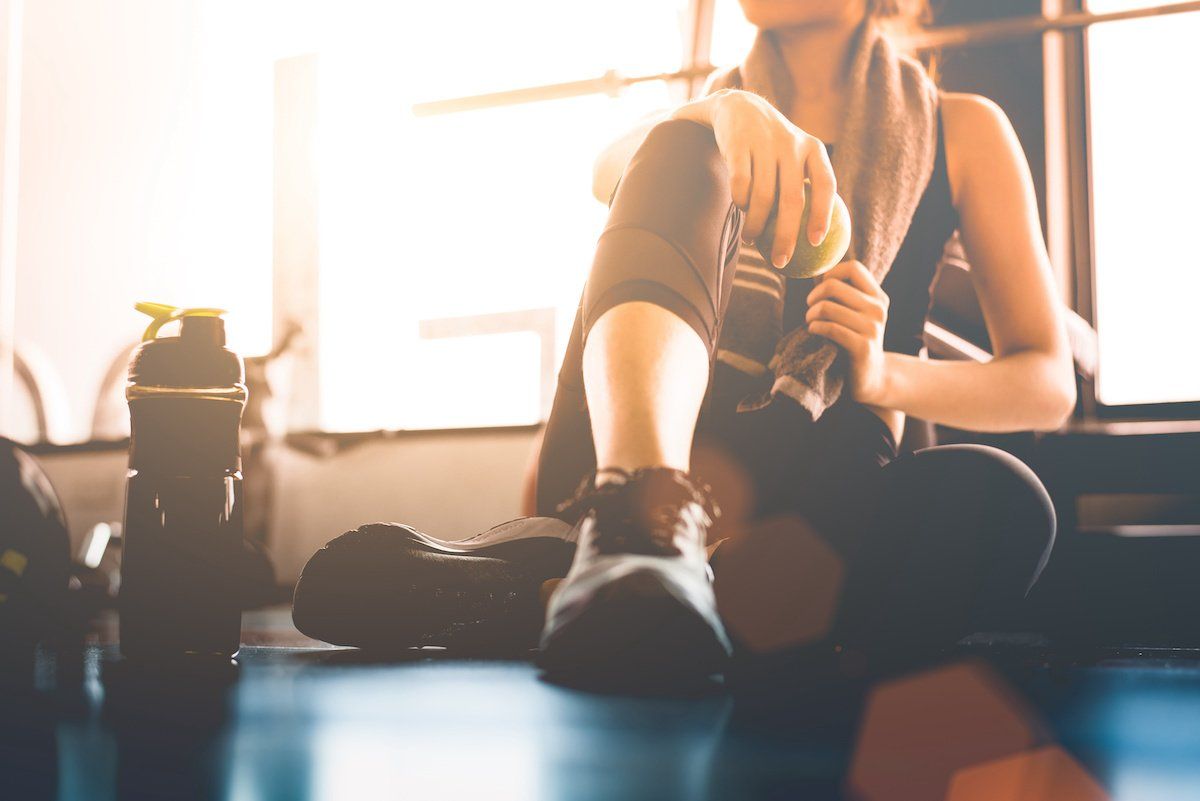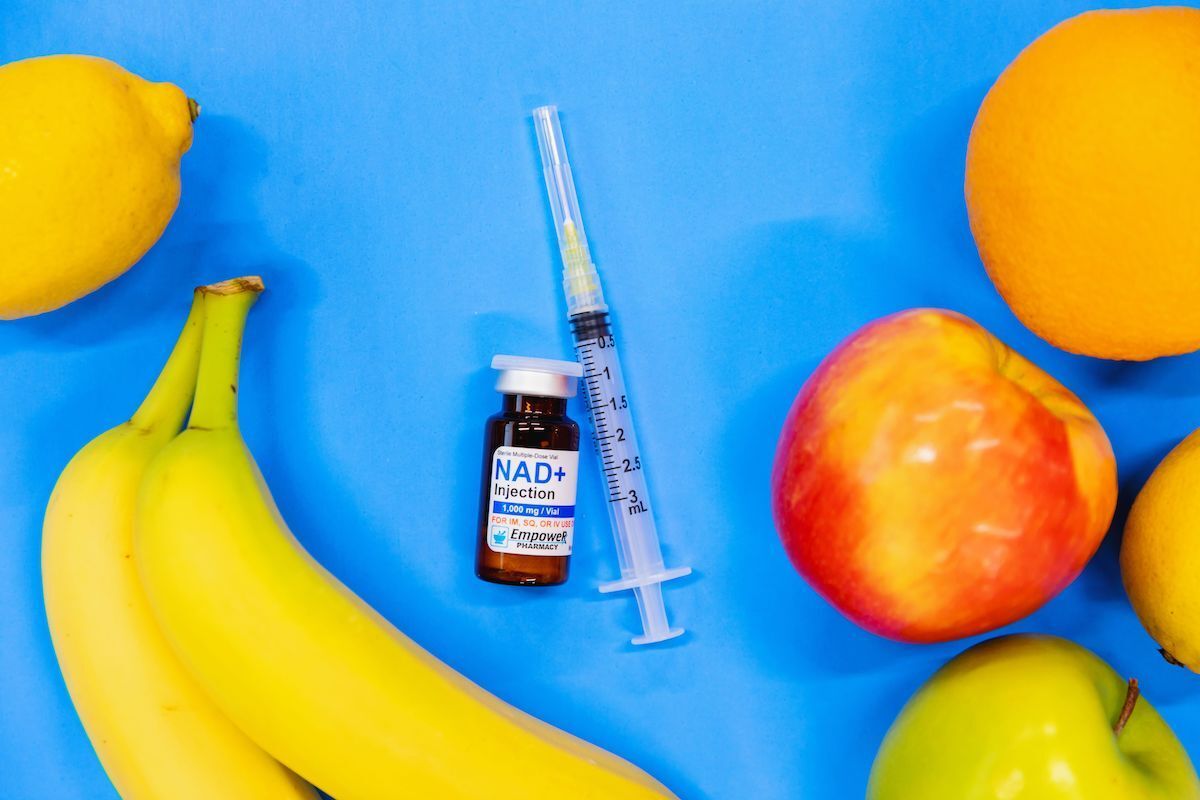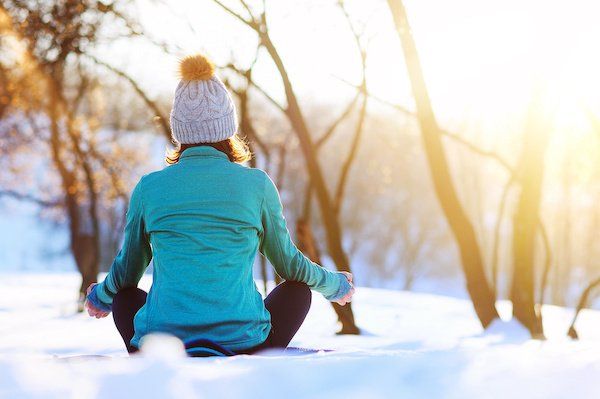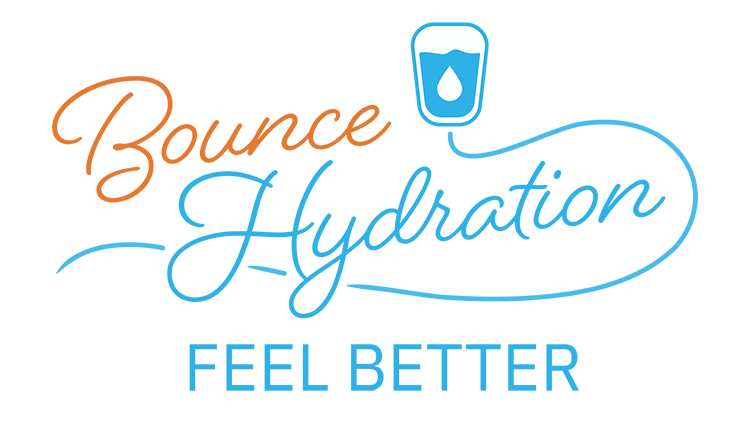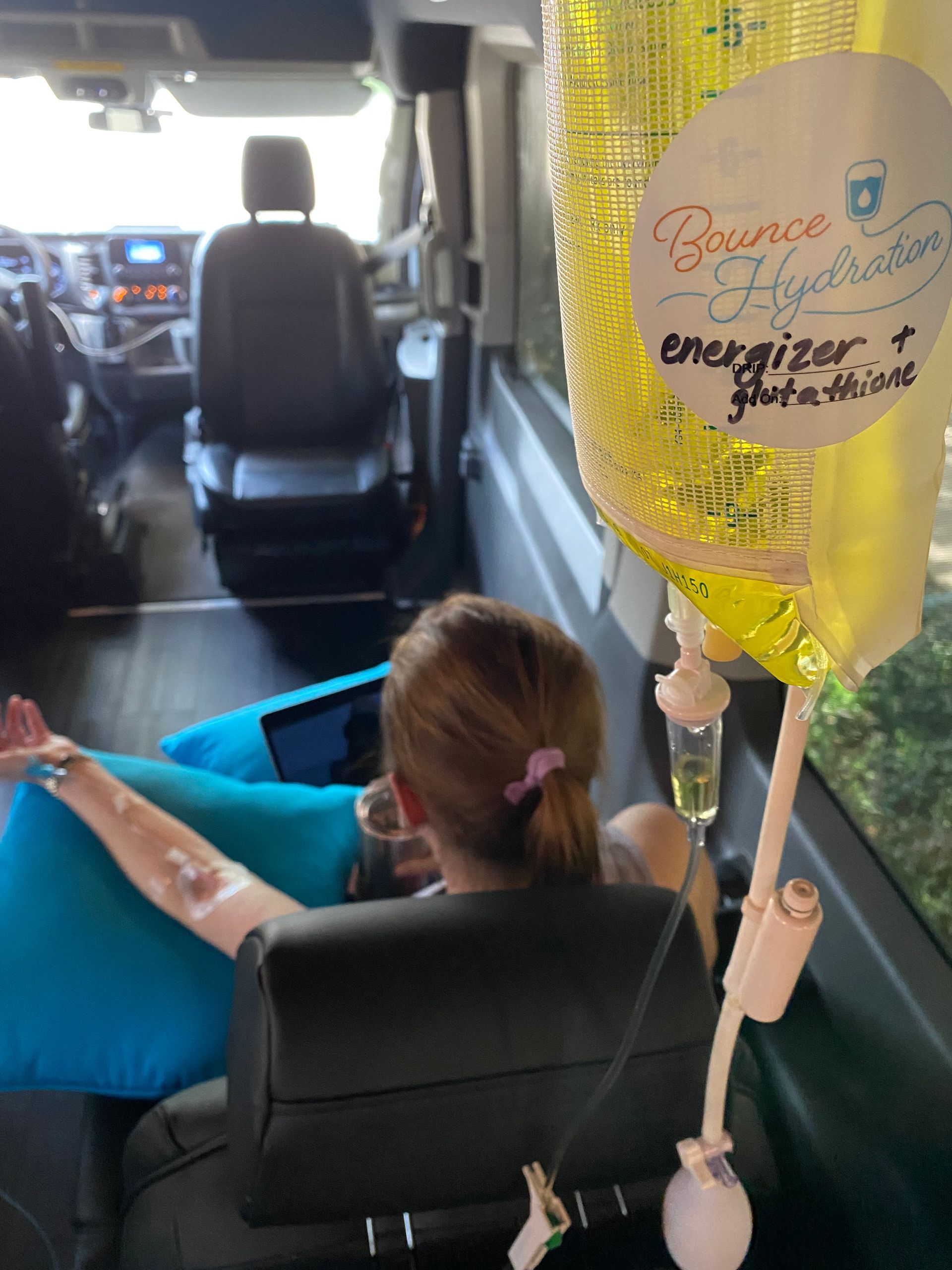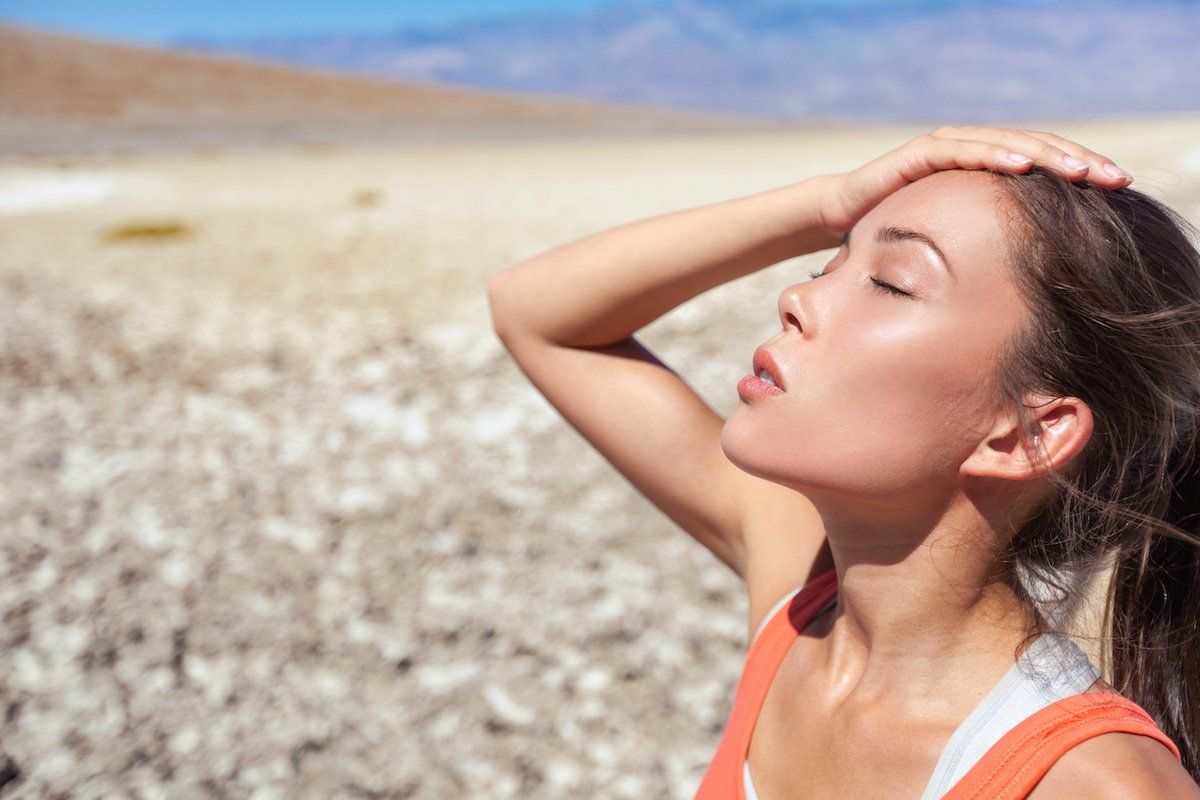A Seasonal Hydration Guide: Stay Balanced Year-Round
Houston Edition — Beat the Heat, the Chill
and Everything In Between
Houston’s weather is famously unpredictable — from steamy, humid summers to mild or even occasionally frigid winter days. But one thing remains constant: your risk of dehydration. According to a study published by Cambridge University Press, even mild fluid loss (around 1–2% of body weight) has been shown to impair cognitive performance, increase fatigue and reduce mood. During cooler seasons or when indoor heat is on, dry air and a blunted thirst response add another layer of risk. Whether you’re tailgating at a Houston Texans game, lounging in the backyard, or just working in an AC-cooled office, staying hydrated all year is key. Here’s your season-by-season guide to staying hydrated.
Fall: Cooling Off Without Dropping the Ball
As Houston transitions out of its intense summer heat, it’s easy to assume hydration becomes less critical. Not quite. Fall brings temperature swings, transitions from outdoors to indoors, and continued use of air-conditioning - all which affect fluid balance.
Why It Matters
- Sweating may decrease, but lighter clothing and indoor AC can still sap moisture.
- Thirst signals are less obvious when you’re not visibly sweating.
- In cooler, drier indoor air, skin and mucous membranes lose moisture, which can contribute to dehydration indirectly.
- The Institute of Medicine (IOM) guidelines suggest adult males may need about 3.7 L (≈125 oz) total water (including food) and females about 2.7 L (≈91 oz) under standard conditions.
Fall Tips
- Keep a reusable water bottle nearby and make sipping part of your routine.
- Drink warm or room-temperature herbal teas, both fluids that don’t suppress thirst.
- Include potassium-rich foods like bananas which are especially helpful if you're on medications or drinking more coffee/alcohol.
- Watch for the signs of possible dehydration such as fatigue, brain fog or dry skin.
- Bonus: A humidifier can help counteract dry indoor air and preserve skin hydration.
Winter: Houston’s Sneaky Dry Chill
When temperatures dip into the 40-60 °F range, you might think you can relax with hydration, but indoor heating and low humidity bring their own challenges.
What’s Going On
- Cold air holds less moisture and has lower humidity. This means your skin and mucous membranes lose moisture more rapidly.
- According to a University of New Hampshire study, cold weather can actually increase the risk of dehydration because we feel less thirsty in low temperatures.
- Dry indoor air increases insensible fluid loss (via breathing and skin evaporation).
Hydration Target
Maintain your baseline and increase if you’re using heaters heavily, exercising indoors, or spending long hours in dry AC environments.
Winter Tips
- Drink before you feel thirsty: keep a water bottle at your desk or on your nightstand.
- Choose warm fluids: hot water with lemon, herbal tea, and low-sodium broth. These help both internal hydration and comfort.
- Use a humidifier indoors to aim for ~40-50% humidity to support your skin and respiratory tract.
- Limit or moderate caffeine and alcohol, both of which have mild diuretic effects and can compound dehydration.
- Pay attention to signs like chapped lips, dry nostrils, skin tightness and fatigue. Ask yourself, “Do I just need more fluids?”
Spring: Transitioning to Houston’s Sticky Warmth
When spring rolls in, humidity creeps up and your body begins adapting, but it’s not yet full summer. That transition period brings risk because you may not feel like you’re sweating heavily, yet fluid losses start to climb.
What You Should Know
As outdoor temperatures and humidity rise, sweat output increases, meaning you may lose up to ~1 L/hour during moderate outdoor activity in warm/humid conditions. The IOM and other sources indicate fluid needs to increase with heat, humidity, and exercise.
Spring Tips
- Start your morning with 16 oz of warm lemon water to hydrate after sleep and support digestion.
- Carry a reusable bottle when heading outdoors for walks, gardening, or runs and consider tossing in cucumber or lemon slices for mild, natural electrolytes.
- Monitor your urine: pale yellow = good; dark = likely under-hydrated.
- Zinc is a beneficial supplement for combatting allergies in all seasons.
- Be mindful that some allergy medications can increase your risk of dehydration.
️Summer: Conquering Houston’s Brutal Heat
Summer in Houston equals high temps plus high humidity — the perfect storm for dehydration. Sweat may be less obvious (evaporation slows with humidity), thirst lags, and activity or direct sun exposure magnifies fluid loss.
Hydration Reality Check
- With high humidity, sweat may accumulate rather than evaporate, meaning you lose fluid without the usual cooling sensation.
- “Thirst lags behind” is a real phenomenon. You may already be under-hydrated before you feel it.
- Studies tying mild dehydration to cognitive and mood declines support being proactive with hydration and fluid intake.
Hydration Target
For many adults in active, humid conditions, 100-120 oz (3–3.5 L) or more daily fluid may be appropriate — even more if you’re exercising outdoors or involved in heavy labor.
Summer Tips
- Hydrate proactively: when outdoors, target 8-12 oz every 15-20 minutes, especially if exercising.
- Eat water-rich foods like watermelon, strawberries, cucumber, celery, lettuce. These count toward hydration and provide nutrients.
- Replace some plain water with electrolyte-enhanced beverages if you’re sweating heavily to help replace sodium and potassium.
- Avoid relying solely on coffee and alcohol since both are diuretics and accelerate fluid loss.
- Recognize signs of dehydration: dizziness, dark urine, dry mouth, fatigue, irritability.
Benefits of IV Therapy Earn a Spotlight 💧
Your body is well-equipped to rehydrate via oral intake in most everyday situations. However, IV hydration may make sense for preventative wellness, after significant fluid loss (vomiting, diarrhea, heat-illness) or when rapid recovery is needed.
Unparalleled Hydration
IV infusion is undoubtedly the fastest way to nourish your body with life-giving hydration. Why? Because IV drips work by mainlining fluids directly into your bloodstream, bypassing the stomach and conveying hydration where you need it most. It might take an entire day of diligent water consumption to reach the same levels of hydration you could get through less than an hour of IV infusion. Bottom line: IV therapy is a faster and more efficient way to hydrate.
Superior Vitamin and Mineral Delivery System
While oral supplements are a common and adequate means of hitting most vitamin and mineral recommended dietary allowances, it takes longer for the body to metabolize nutrients this way. And once the body does process the vitamins, only around 30% are absorbed. With IV therapy, the body absorbs 100% of those essential vitamins and minerals at a faster rate. Additionally, we can work with your healthcare provider to personalize your dosages, creating a unique formula targeted to your needs. Not only is IV therapy a fantastic way to ensure sufficient nutrient intake, but it has also been proven effective in combating specific illnesses.
Remedies for Specific Illnesses
Not only is IV therapy a fantastic way to ensure sufficient nutrient intake, but it has also been proven effective in combating specific illnesses.
What to keep in mind
If you choose IV therapy, make sure you choose a reputable IV therapy provider like Bounce Hydration that uses only FDA-approved vitamins and boosters delivered by qualified healthcare professionals. Since any IV infusion poses a very slight risk of infection, selecting the right provider will allow you to embark on your IV therapy journey with confidence. Ask about the fluid composition (saline, electrolytes, vitamins) and how it fits your medical history.
At Bounce Hydration, we deliver professional IV hydration with registered nurses (RNs), tailored fluid and electrolyte blends, and your safety as a priority.
Wrap-Up: Hydration Is a Year-Round Habit
Hydration isn’t just a summer concern. From cool indoor AC in the fall to dry indoor heat in winter, sticky spring afternoons to sweltering summer heat — your body’s fluid balance is always shifting.
Here’s your ongoing checklist
- Keep a water bottle nearby and sip regularly (don’t wait for thirst).
- Eat water-and-electrolyte rich foods. Remember, fruits and vegetables count.
- Monitor signs: dark urine, fatigue, dry skin and brain fog often equal potential dehydration.
- Consider professional support like IV hydration in addition to good daily habits.
- Customize your water intake based on your weight, activity level, health status, climate and season.
At Bounce Hydration, we’re here to help you stay at your best in every season. You’ve got the weather; we’ve got your back for hydration. Follow us for more seasonal wellness tips and feel better every day.
Sources:
- Ganio, M. S., Armstrong, L. E., Casa, D. J., McDermott, B. P., Lee, E. C., Yamamoto, L. M., Marzano, S., Lopez, R. M., Jimenez, L., Le Bellego, L., Chevillotte, E., & Lieberman, H. R. (2011). Mild dehydration impairs cognitive performance and mood of men. British Journal of Nutrition, 106(10), 1535–1543. https://doi.org/10.1017/S0007114511002005
- American Heart Association. (2019, December 19). Are you drinking enough water during winter months? American Heart Association News. https://www.heart.org/en/news/2019/12/19/are-you-drinking-enough-water-during-winter-months
- WebMD. (2024, March 6). Manage Dry Indoor Air This Winter. WebMD. https://www.webmd.com/women/dry-indoor-air
- Institute of Medicine (US) Committee to Review Dietary Reference Intakes for Vitamin D and Calcium; Ross, A. C., Taylor, C. L., Yaktine, A. L., et al., editors. (2011). Recommended Dietary Allowances and Adequate Intakes, Total Water and Macronutrients (Table 4). Washington (DC): National Academies Press (US). https://www.ncbi.nlm.nih.gov/books/NBK56068/table/summarytables.t4/?report=objectonly
- University of New Hampshire. (n.d.). Cold Weather Increases Risk of Dehydration: UNH Study Gives Insight Into Why We Feel Less Thirsty. UNH Media Relations.
- EatingWell. (2025, [date]). Here’s how much water you should drink every day. Retrieved from https://www.eatingwell.com/how-much-water-you-should-drink-daily-11739359?utm
- Maywald, M., & Rink, L. (2024). Zinc deficiency and zinc supplementation in allergic diseases. Biomolecules, 14(7). https://doi.org/10.3390/biom14070863 (PMID: 39062576)
This content is for informational and educational purposes and should not replace professional medical advice. Be sure to consult your healthcare provider for personalized recommendations.
Share with Your Friends and Family!
